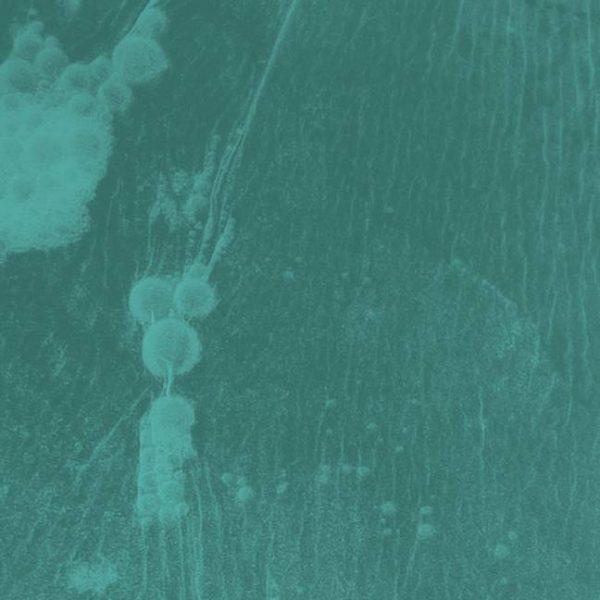Exosomes 101 - Exosome Isolation
There are a number of different ways to isolate exosomes, and the best protocol for your study depends on the sample source - tissue culture, malignant ascites fluid, urine, plasma, or other fluids - the amount of sample, and what you're planning to do with the exosomes after isolation. Here we provide a brief overview of the different isolation methods.
Ultracentrifugation
For a number of years, ultracentrifugation has been the method of choice for concentrating and isolating exosomes(1). Both differential and density gradient ultracentrifugation is used, and can be paired with size filtration. Because the density of the cargo alters how exosomes behave under differential centrifugation, this method is not able to completely separate exosomes by particle size. In addition, extravesicular protein complexes and aggregates, lipoproteins, and other contaminants may also be pelleted by a high-speed spin. Density centrifugation can separate out these extravesicular contaminants, but may still be unable to separate exosomes from other extracellular vesicles of similar density. To streamline the pre-density gradient steps, ExoMAX Opti Enhancer is an easy-to-use reagent that can move samples to the density gradient in three easy steps.
While widely used, ultracentrifugation has several drawbacks, especially for biomarker studies or diagnostics using clinical samples. Ultracentrifugation is time consuming - potentially involving multiple overnight spins, requires sample volumes that preclude use on low-volume clinical samples or animal model systems, is not suitable for processing a large number of samples, and requires access to a shared resource. And then there's the "splat factor". Recent studies indicate exosomes isolated by ultracentrifugation may have more cellular debris contaminants than other isolation methods and apparently, many of the vesicles rupture during the high velocity ultracentrifugation process, the "splat factor"(2).
Size Exclusion
Filtration and chromatography can be used to isolate exosomes, although these methods are typically used in conjunction with ultracentrifugation. Questions about exosome deformation or disintegration - again, the splat factor--limit filtration methods to those that are gravity based, in addition to concerns about contaminants that may be released into solution with the exosomes, and release of exosomes from the filters or media.
Immunoprecipitation
Because exosomes present specific surface proteins, immunoprecipitation (IP) may be used to purify exosomes. IP-based methods can be performed using magnetic beads (Exo-Flow beads), however they require pre-existing knowledge about the exosomes under study and antibodies. In addition, they may bias the population of exosomes that are isolated.
Polymeric Precipitation
Polymeric precipitation is a quick method for isolating exosomes that does not require ultracentrifugation, can be used with smaller sample volumes, and can be used to quickly process a large number of samples, making it suitable for use with clinical samples. SBI's ExoQuick family of products use this approach to recover exosomes from most biofluids. With ExoQuick ULTRA, researchers can isolate exosomes from as little as 100 µl of sample, recovery is quantitative and linear as volume scales up, and the quality and purity of exosomes is suitable for a wide number of applications.
Additional Considerations for Exosome Isolation from Cultured Cells
Fetal Bovine Serum (FBS) is one of the most widely used serum supplements for culture of eukaryotic cells. However, exosome researchers need to be aware that FBS will contain bovine exosomes. Therefore, it's essential to use FBS that has had the native exosomes removed, such as SBI's Exosome-depleted FBS.
Conclusion
Researchers have many options for isolating exosomes. The team at SBI has put together a variety of products to streamline exosome isolation, enabling scientists like you to focus more of your efforts on the science and use of exosomes, and less time on the logistics of how to get them.
If you have any questions about the best method to use for your studies, feel free to contact an SBI technical representative. Our scientists have isolated exosomes using all of the methods above and can help you decide which methods is best for your studies, as well as troubleshoot your current workflow. SBI is ready to help you get the exosomes you need for your studies.
REFERENCE
1. Witwer, K. W. et al. Standardization of sample collection, isolation and analysis methods in extracellular vesicle research. J. Extracell. Vesicles 2, (2013).
2. Lobb, R. J. et al. Optimized exosome isolation protocol for cell culture supernatant and human plasma. J. Extracell. Vesicles 4 (2015).


